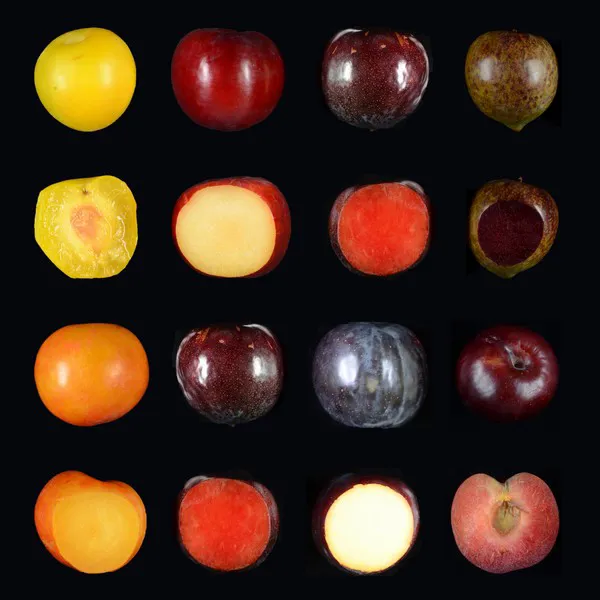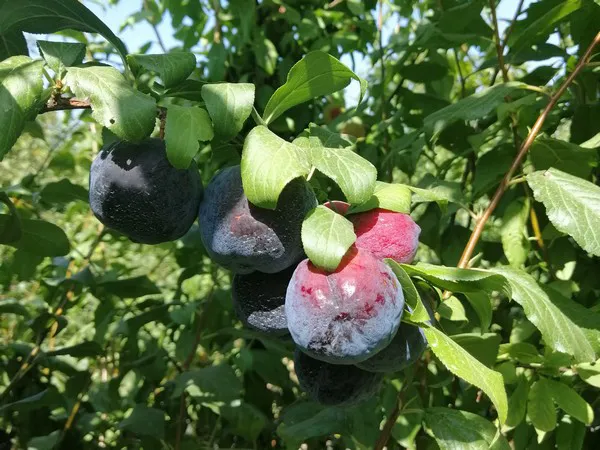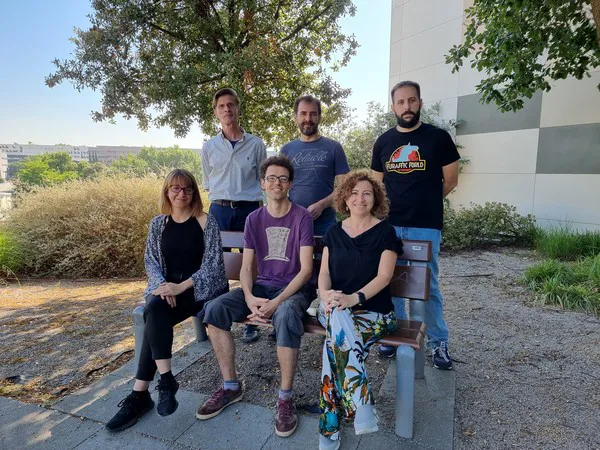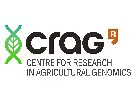The tonality of plums is defined by the presence and accumulation of the antioxidant pigment anthocyanin. The synthesis of this compound is regulated by the MYB10 genes. Now, a research team from the Center for Research in Agrigenomics (CRAG) and the Institute for Agrifood Research and Technology (IRTA) has found the gene that determines the skin color of the Japanese plum. In a study published in the scientific journal Frontiers in Plant Science, the researchers stated that the plum genome contains multiple copies of the MYB10 genes and that DNA variations in one of these copies cause plums to have anthocyanins in their skin (which means they would have a color that ranges from blue to red) or not (which means they would be yellow or green).

Japanese plums display a wide variety of colors that range from green and yellow without anthocyanins to red, purple, and blue when they are rich in anthocyanins (CRAG-IRTA).
Spain is one of the largest producers of Japanese plums in the European Union. The country mainly grows plums in Extremadura, Andalusia, and Murcia. This new study provides a very efficient tool for the early selection of colored and uncolored fruits in Japanese plum breeding programs, an advance aligned with the objectives of the International Year of Fruits and Vegetables (IYFV) to increase the efficiency of fruit food systems, and promoting the consumption of fruits and vegetable so people have a healthier nutrition.

Reddish-blue skin plums, with a high accumulation of anthocyanins (CRAG-IRTA).
Anthocyanins: beyond color
Anthocyanins, a group of antioxidant pigments that promote flower pollination and protect plants from damage caused by light and dehydration, are responsible for the red to blue hues of flowers and fruits. Incorporating these healthy antioxidants into our diet has been linked to anti-cancer and anti-inflammatory effects, and to the prevention of cardiovascular disease, diabetes, and obesity.
Apples, pears, peaches, apricots, plums, cherries, and strawberries -all fruits of the Rosaceae family- constitute a valuable source of anthocyanins, contained in their skin and pulp. Since the color of the fruit has an important impact on its nutritional quality and consumer preference, it is not surprising that there is considerable interest in improving these crops to obtain new varieties that bear fruit with different colors and tonalities enriching their healthy compounds.

The research team. From left to right and top to bottom: Werner Howad, Konstantinos Alexiou, Federico Jurado-Ruiz, Beatriz E. Garcia-Gomez, Arnau Fiol, and Maria Jose Aranzana (CRAG-IRTA).
For more information:
IRTA
www.irta.cat
CRAG
www.cragenomica.es
